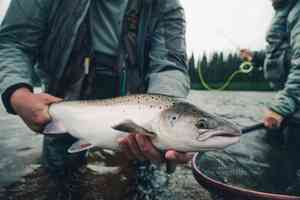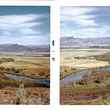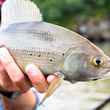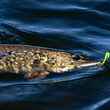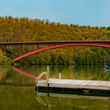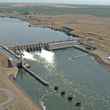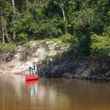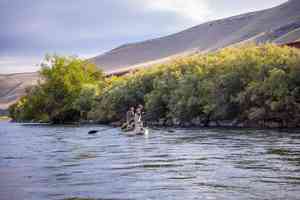It was very early into my time as a fly fisherman that I realized that buying machine-made, extruded leaders (typically labeled as "knotless tapered") leaders was a big fat waste of money. Especially as a beginner, given the increased frequency of lost flies, wind knots and the all-too-frequent rat's nests, leaders get chewed up quickly. At anywhere form around $10 to $20 per two-pack of leaders, this starts to add up fast. And, while I've known fishermen who can make a two pack of leaders last an astonishingly long time, that's because those individuals are perfectly adept at rebuilding leaders their leaders with tippet material, thus making their purchase of pre-made leaders relatively pointless.
Despite the nagging suspicion that I was throwing a lot of money down the drain, I wasn't certain of an alternative. Instead of seeking one out, I lazily continued to drop what likely amounted to $100 per year on leaders. A couple of years later, I was turned onto furled leaders. If you're not familiar with furled leaders, take the time to check them out. They offer an excellent alternative to pricey, relatively disposable extruded leaders and they last forever. Though I found several seasons of respite from the extruded leader money pit in furled leaders, I ultimately decided that they weren't for me. Most furled leaders I tried at the time provided a excellent durability and a still unmatched level of streamside convenience, but lacked the sort of stiffness in the butt section that I prefer. To be fair, it's been several years since I've used one and I certainly never tried them all, so things certainly may have changed. Regardless of this one minor perceived shortcoming, furled leaders still stand out as a preposterously more sane alternative to knotless tapered leaders.
